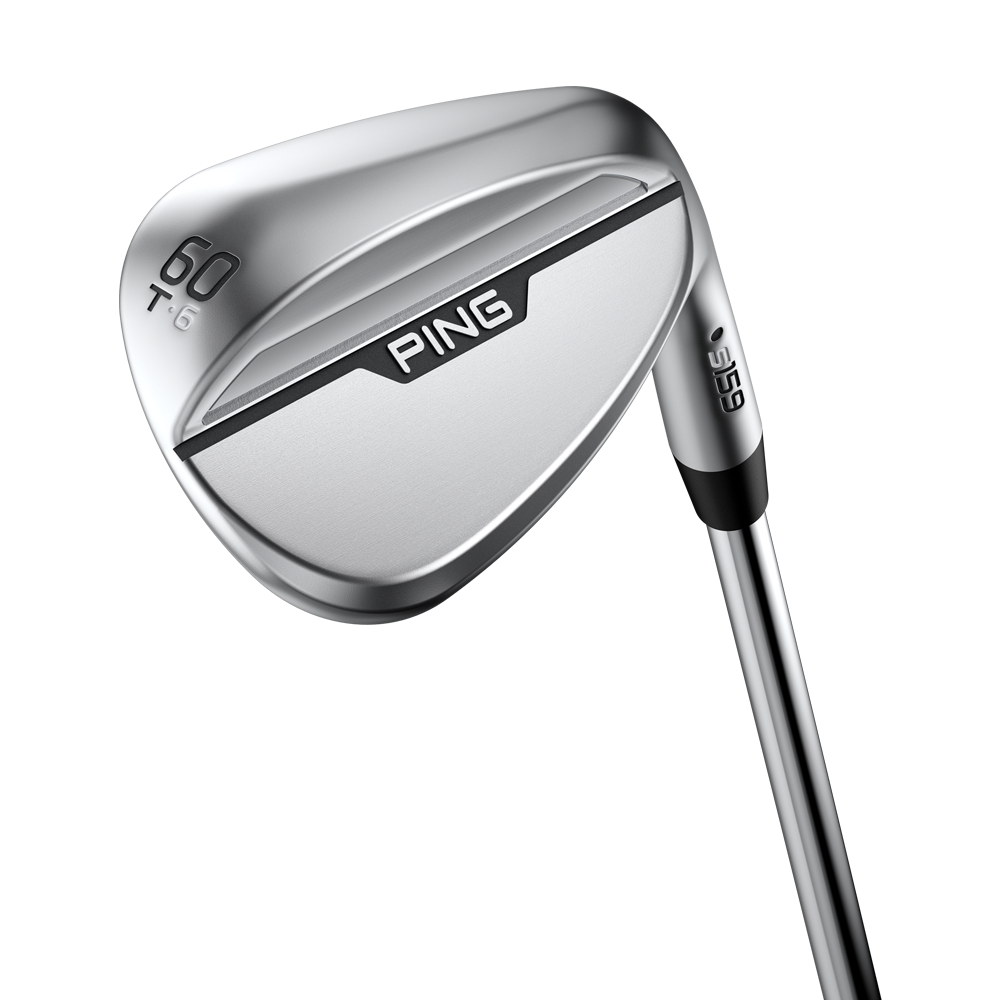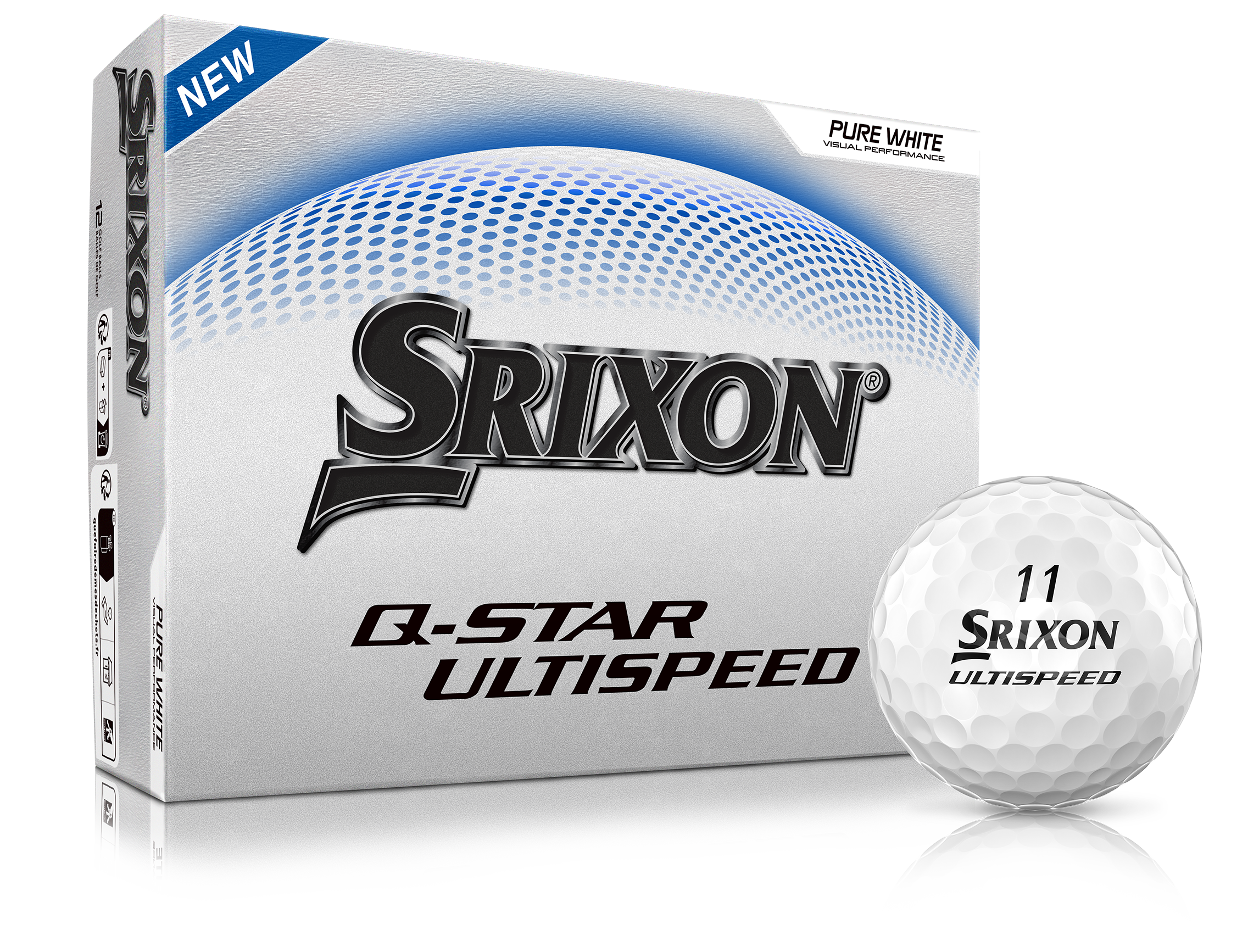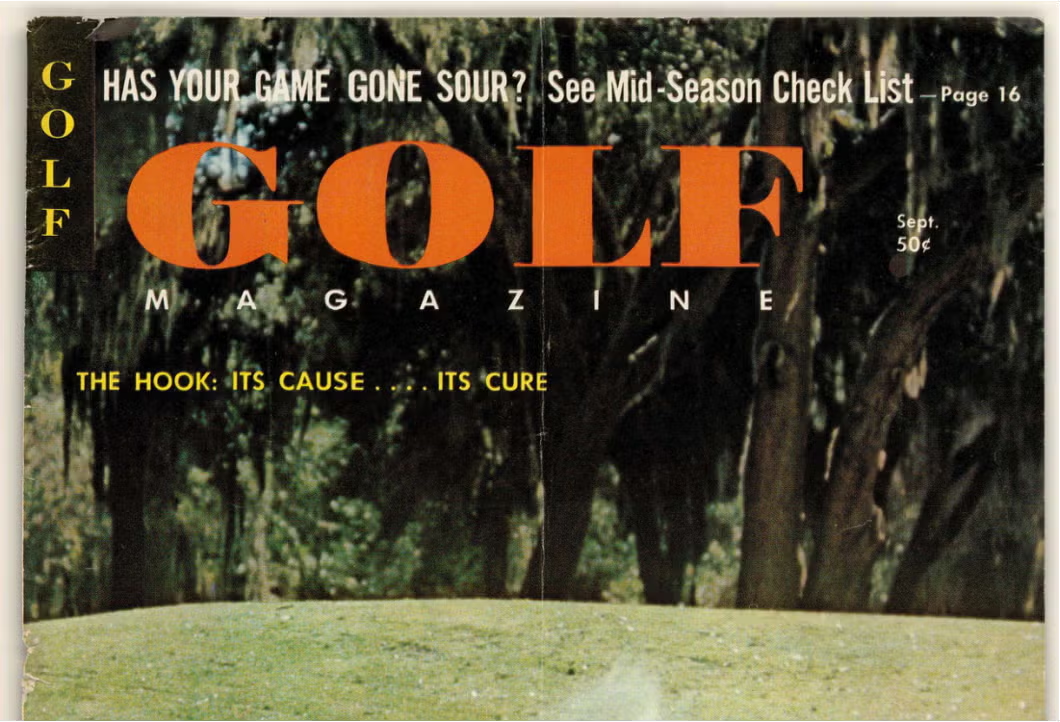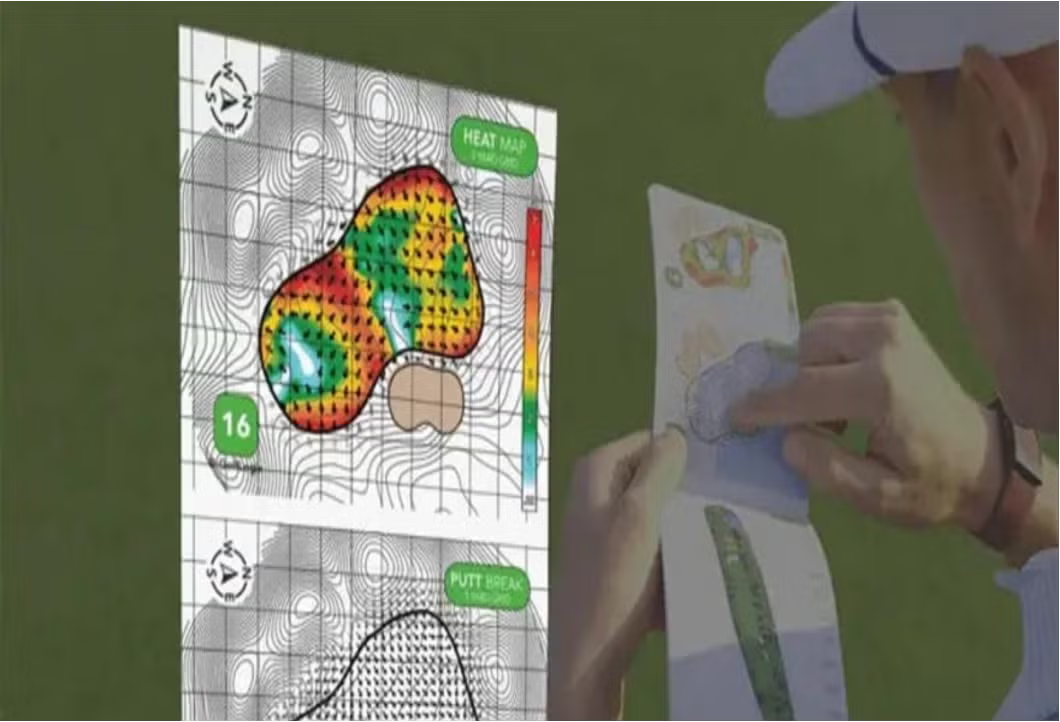10 things you *must* do to leave your chips near the pin
- Share on Facebook
- Share on Twitter
- Share by Email

Eliminate putts (and strokes!) by sticking your chips near the pin. Here's how.
Getty Images
One of the great things about having a solid short game is how it can save amateur players from any inconsistencies earlier in the hole. So if you struggle off the tee or with your irons, having the ability to regularly get up-and-down can keep your scores low.
So how does a mid-to-high handicapper accomplish that? With proper technique and understanding how to control distances with their wedges.
Since there are different types of short game shots, I’m focusing on a chip shot today — which is a version of the bump-and-run, where the ball will roll equal to or greater than the distance it carried in the air.
Sure, this may seem like an easy shot, but since so many amateurs struggle with it, here are 10 things to focus on in order to execute it more consistently, which will help leave your ball closer to the pin.
The setup
1. Grip low
Holding the club a little bit lower on the grip will help you make a smaller swing motion, which helps with touch on these shorter shots. When doing this, your club will become closer to the length of your putter, which will make it easier to accurately control distance.
2. Narrow your stance
Your stance should be quite narrow when hitting a chip shot, so I recommend your feet being about one clubhead-width apart. By having a narrowed stance, your swing motion will be limited, which, as stated above, is what you’re looking for on these chip shots.
3. Ball position
On chip shots, I suggest putting your ball centered to just slightly back in your stance. Be careful with how far back you put it, though, because the more your ball position is back, the lower the trajectory and increased amount of roll.
Another issue with the ball being too far back is that the shaft will naturally lean a bit, which can cause the club to dig too much when it hits the ground.
4. Lean proportionally
By leaning both your body and the club towards the target, it will help slightly deloft the clubface and help drop the lead shoulder. When you lean forward, be mindful that you don’t lean the shaft any more forward than the center line of your body — which helps ensure it won’t dig.
Dropping the lead shoulder will help you make better contact, allowing the club to hit the ground after the golf ball.

True Spec Fitting
The stroke
5. Use a smaller stroke
If I sound like a broken record about the size of your chipping stroke, that means it’s important — so remember to have it resemble your putting stroke.
While the size of the stroke may vary, it shouldn’t be as large as hip level. Ideally, the club will stay below the hip, because anything bigger only increases the chance of a mishit.
6. Get the club to the ground to lift the ball into the air
Sure, there are times when you may hit a thin chip and get away with it, but that’s not the way you want to play a round of golf. Remember, the key isn’t to get lucky every so often, it’s to stick it near the pin every single time.
This is why solid contact is important, which all starts with getting the club to the ground.
During your practice stroke, you should hear the club “thump” the ground, which is your cue that you’re good to go — so now you must repeat that feeling as you take your shot. A good training aid to help practice this is the Divot Board, which I often recommend my students use near the greens.
7. How do you want to use your wrists (if at all)?
Whether or not you use your wrists on chip shots is totally up to you, as I’ve seen really great chippers do it both ways.
Regardless of what you decide, I suggest being relaxed enough to let your wrists move if they want to. Just let it come naturally as you swing and see what the results are. By having less tension, you’ll increase the ability to feel the clubhead, which is really important when it comes to making good contact and controlling your distances.
Distance control
8. Pick a target
OK, so you’ve got a feel for both your setup and stroke for solid contact, now it’s time to dial in your distance control — which all starts with actually choosing a target and desired distance.
For example, work on 20- to 30-yard chip shots using your pitching wedge. You may find that this club prefers one of these distances more than the other — which is important info for when you’re out playing during a round. The last thing you want to do is either leave it 10 yards short or watch the ball roll 10 yards past your target.
Once you define the distance of this club, spend some time practicing with it, which will help you reinforce the feel of the stroke size in order to regularly repeat it.
9. Change distances and clubs
A really efficient way to control your chipping distance is to simply change your club selection. For example, try using higher-lofted clubs for shorter distances and less-lofted ones for longer distances. After practicing with a broad set of club choices, chart your distances so you’re able to refer to them during your next round.
10. Identify your landing spot and react to it
When practicing chip shots, I suggest ignoring the flagstick and instead recommend placing a target on the ground. Now focus on landing your ball near that target when it first hits the green and track how much roll-out it has. This helps test your understanding of how much each club rolls compared to its carry distance.
Once you get comfortable or really good at landing your ball on that target, move it to other spots on the green to see how the ball rolls when on an upslope versus a downslope. All of this will help you master your distance control.
Looking for more golf content? Give me a follow on Instagram to get tips and playing advice.

PING s159 Custom Wedge
View Product
Latest In Instruction
5 keys for longer, straighter drives

Golf.com

Nick Dimengo
Golf.com Editor




















